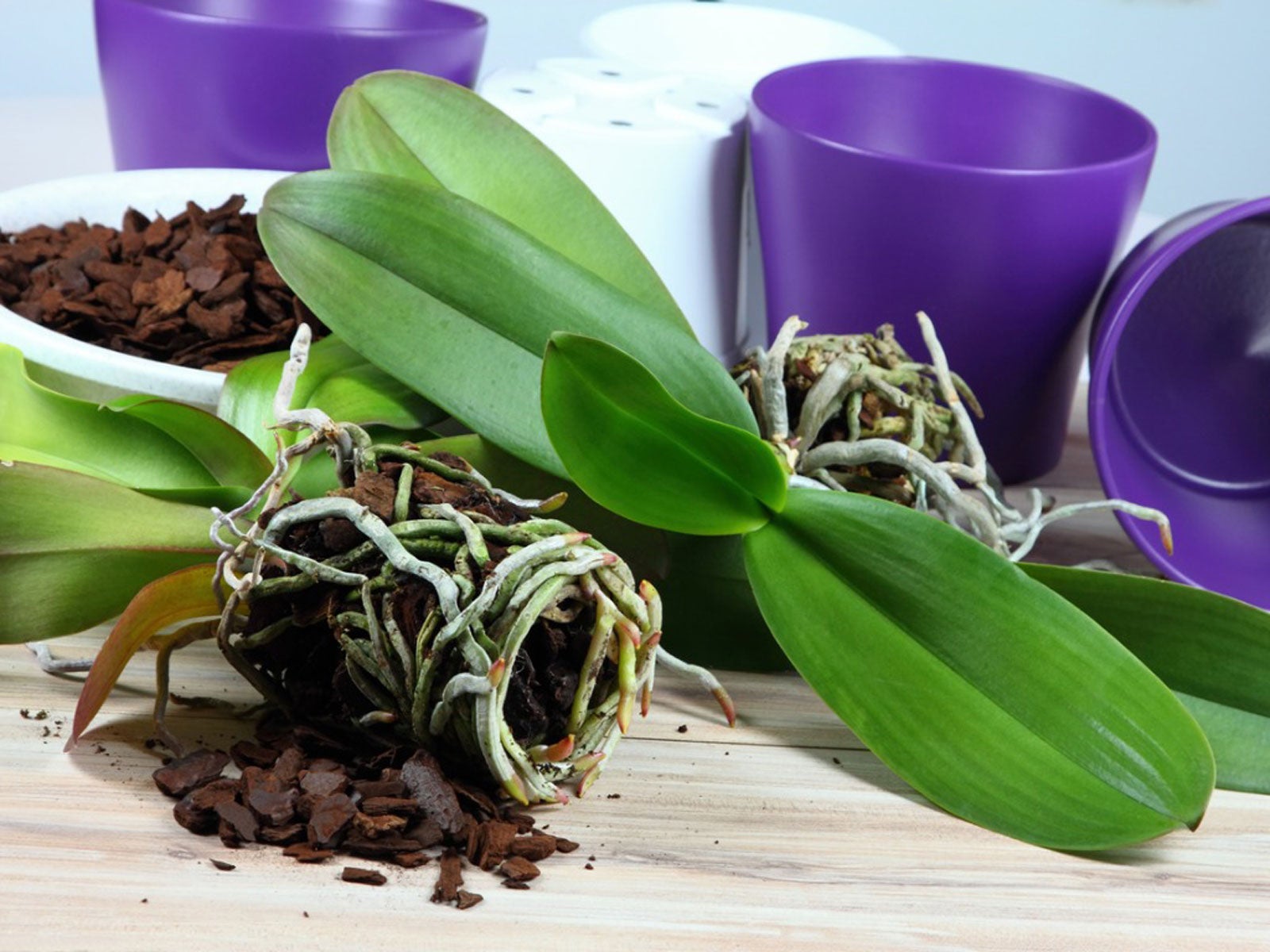Table Of Content

Remove the orchid from the old bark (which you can toss on your compost pile), and clip off the dead roots. You should be able to spot any dead roots right away—they'll be dark and shriveled compared to the firm, light-colored, healthy roots. Place the orchid back in the pot (or repot) and refill it with new bark.

Discovering the Diversity of Orchids
MainVue Homes is not responsible for the accuracy or reliability of any information, data, opinions, advice or statements made on these sites. MainVue Homes provides these links merely as a convenience and the inclusion of such links does not imply an endorsement. The potential for this group is only barely being uncovered now—we should flower another two or three hybrids this year, and in the future, who knows what is possible! These are truly lovely and fascinating little gems, and all the more precious because they are so easy to grow. An attractive winter flowering species is Cynorkis lowiana, which is a small plant with large flowers, and with a purple lip with a dark purple splotch in the center of the lip. Although, like most people, he first started growing orchids in pots, it wasn’t until a trip to see family in Mexico in 1977 that he saw orchids growing naturally on trees and rocks, at every layer of a forest canopy.
Cynorkis: A Jewel Box of Possibilities
The new owner of this glamorous beach retreat will be joining the ranks of Lady Gaga, Julia Roberts, Steven Spielberg and Courteney Cox. The alleged practice was documented between April 2020 to October 2021. Scott Raffa, 57, the founder and chief executive officer of Sober Partners Network, was arrested at the Los Angeles International Airport this weekend, according to a news release by the U.S.
Long line forms at first Orange County stop in tour of St. Jude relic
Apply a suitable fungicide as necessary too, such as EcoValley Natural Plant Mould and Mildew Remover Spray. The climate of coastal California — which is more favorable to orchid growth than that of Inland areas — while not tropical, does not experience freezing temperatures during a typical winter. When freezing temperatures do occur, they do not last for more than a few hours at a time, making it possible to grow many orchid types outdoors. This is important since nearly all orchids are not suitable as indoor plants.
Huntington Beach Academy for the Performing Arts sets its radio dial to 197.8
Because it hangs on to moisture for a while, you can wait longer between waterings, but moss is also less forgiving if you overwater your orchid. Bark doesn't hold much water and drains quickly, which makes it a good choice for orchids like Phalaenopsis and Cattleya that need to dry out between waterings. To help you gain confidence in orchid care, we rounded up some of our best tips for keeping them happy and healthy, including how to water orchids, how to fertilize them, and what potting mix gets you the best results. Transformed into an open, gallery-like space—boasting a new glass roof to restored interior and exterior concrete—our Orchid House provides an immersive orchid-viewing experience like never before. Hundreds of orchids lovingly displayed in custom frame trellises and our restored bronze case dazzle and delight, showcasing the beauty and diversity of our renowned orchid collection.
I have witnessed five orchid species growing outdoors in the San Fernando Valley. Three of them were in the ground, one was growing on a tree trunk, and the other was thriving in containers. Chinese ground orchid (Bletilla striata) was the most successful of those growing in the ground, as it had completely covered a front yard in Sherman Oaks.
You can give this mixture to your orchid weekly (though it's better to under-fertilize than over-fertilize). Also, make sure the potting mix is a little damp before fertilizing because it can burn the roots if they're completely dry. It's time to add more water when the potting medium feels dry (you can test it simply by sticking your finger about an inch into the pot). Over time, you'll start to develop a sense of how often your orchid usually needs water. Plus, you can figure out how light the pot feels when the bark or moss is dry, which is another handy way to tell if your orchid (or any potted plant) needs a drink. Before you do, always check the condition of the potting mix to make sure it’s sufficiently dried out.
The Orchid House, Keswick, celebrates 18 years of business News and Star - News & Star
The Orchid House, Keswick, celebrates 18 years of business News and Star.
Posted: Wed, 17 Apr 2024 04:00:00 GMT [source]
Subscribe to the Longwood Blog
Give the orchid growing medium time to dry out between waterings. If that doesn't work, repot the plant and remove any unhealthy roots. A popular houseplant, orchids (Orchidaceae) are easy to grow and care for once you understand the ideal growing conditions and maintenance requirements. While there are thousands of orchid species to choose from, the most commonly sold orchids are Phalaenopsis, Cattleya, Dendrobium, and Cymbidium. The orchids most suitable for container-growing outdoors in our inland valleys are Cymbidiums and they are frequently encountered on gardeners’ patios in these locales. Although they should be fertilized twice a month for maximum bloom, they will yield some flowers even when you completely forget about them.
Have you seen Longwood Gardens' newly-reopened Orchid House? - The News Journal
Have you seen Longwood Gardens' newly-reopened Orchid House?.
Posted: Wed, 02 Mar 2022 08:00:00 GMT [source]
Move-in Ready Homes
It is generally considered to be the toughest orchid, does well in both sunny and shady exposures, and will bloom now until the end of summer if not beyond. Its flowers are fuchsia to purple and could pass for miniature Cattleyas, to which they are unrelated. I also observed a pink rock orchid (Dendrobium kingianum) in a small planter next to a friend’s front door, and a large swatch of yellow, orange, red, and purple reed stem orchids (Epidendrum) in a planter bathed in half-day sun.
West-facing windows are usually too hot for ideal orchid care, but with some filtering (again, a sheer curtain is your friend), you can sometimes make them work. We wouldn't recommend trying a north-facing window because they're usually too dim for orchids to thrive. Once you know the basics though, you can keep your orchids thriving with confidence. An original feature of our Conservatory, our historic Orchid House has long showcased not only our exceptional orchid collection, but also our long-standing dedication to enhancing and displaying one of our oldest plant collections.
With occasional fertilization and weekly watering, pothos will quickly grow right out of the pot and start trailing across your desk or down the side of your bookcase. Most orchids are tropical plants, but that doesn't mean they need rainforest humidity to grow in your home. However, the dry atmosphere of an air-conditioned home can be challenging.
From a plant's perspective, houses usually have dim light, so you'll usually have better luck with orchid varieties that tolerate low light levels. An unscreened south-facing window can be too bright and hot, but a sheer curtain can add just the right amount of filtering. You can also set the orchid away from the window by a few feet so it's not constantly in strong, indirect light.

No comments:
Post a Comment